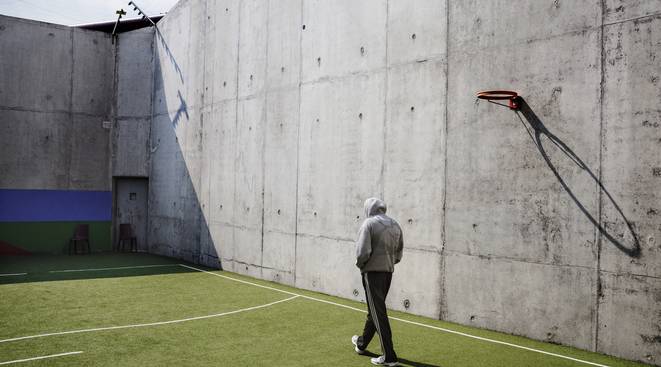
France
Capital city — Paris
Introduction
Country population
67,063,000
i
2020
/ INSEE
Type of government
semi-presidential regime
Human Development Index
Homicide rate (per 100,000 inhabitants)
1.3
i
2015
/ UNDP